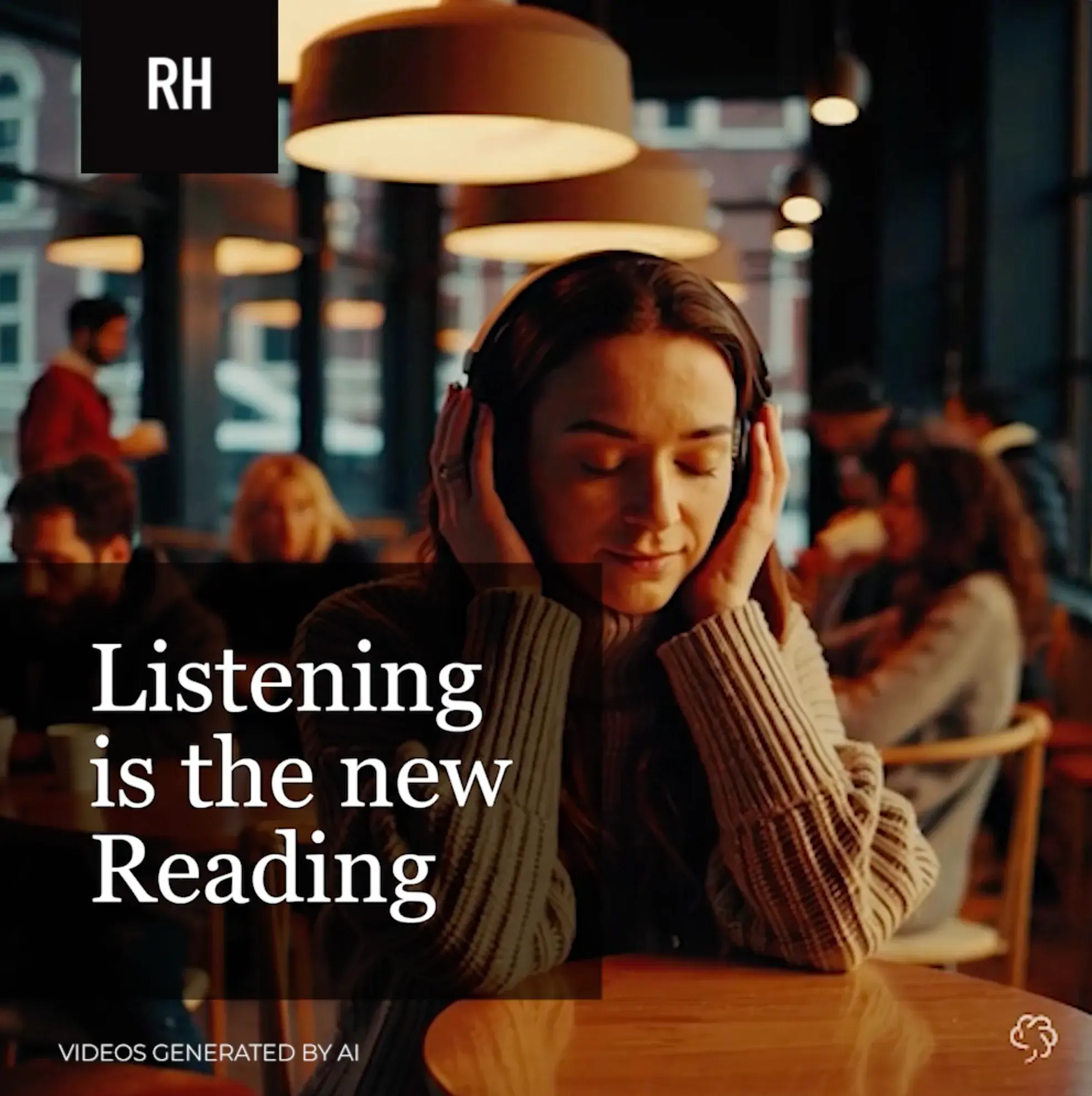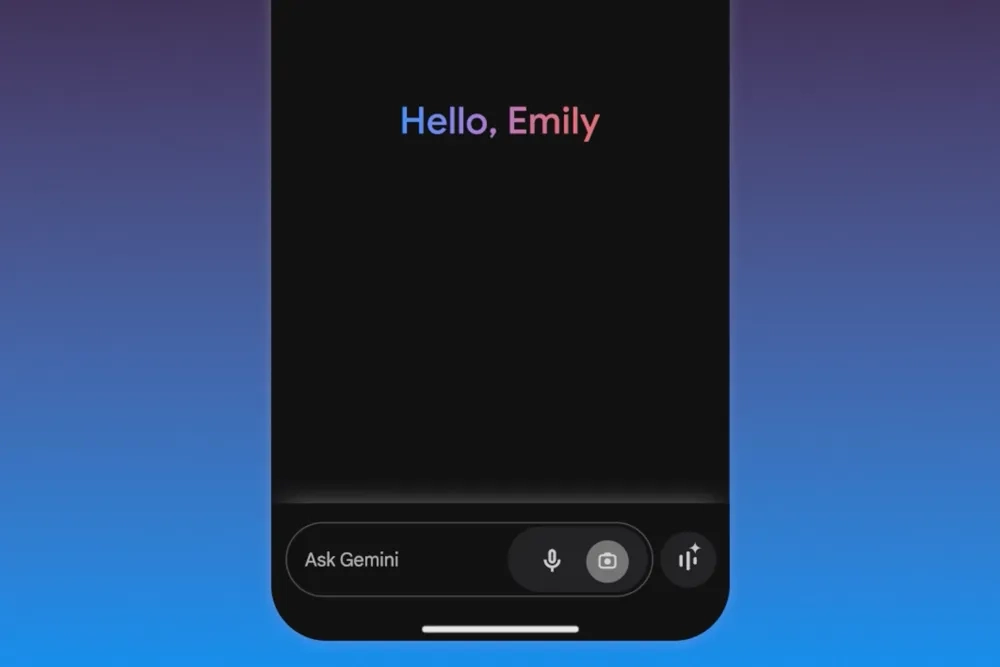Listening is the new reading, the magic of audio content
Sometimes, sitting down to read feels like a luxury. Life gets busy – you’re commuting, running errands, or just prefer listening to words come alive. That’s why we’ve introduced something special: audio content for our posts.
Why Audio Content Changes Everything
It’s simple! Just look for the audio player at the top of any supported post. Click play, and let your ears do the reading. This isn’t just a neat feature – it’s about making life easier, keeping you connected, and reimagining how content fits into your day.
So go ahead, give it a listen, and let us know what you think. Listening really is the new reading.
Behind the scenes of using Google's text-to-speech
Here’s a Google tool that transforms text into audio, giving articles like this one an audio option. The magic lies in the API, which generates the audio and reads your page, so the audio generated is the same as the page content; now, that is cool and highly functional.
How It works
The plugin uses Google’s Text-to-Speech (TTS) API to generate audio versions of text on your webpage. Here’s what happens behind the scenes:
Content Selection: The plugin identifies specific text on the page. For this demo, it reads the heading and the content in the yellow box.
Voice Generation: The text is sent to the Google TTS API, which processes and generates a natural-sounding voice. The voice is a bit artificial, but I will look into adding a custom voice.
Audio Playback: The generated audio is embedded into the page with an easy-to-use player, allowing visitors to listen immediately. The file is then saved onto your website, so there is no need to continuously generate the audio file.
This process is surprisingly quick: it reads the text on the page, sends it to the Google TTS API for voice generation, and embeds the audio directly into the page for instant playback.
Why I built a WordPress plugin
Text-to-speech technology seemed an excellent solution for helping people consume my content differently. Today, people just don’t read long articles.
Creating this plugin was a geeky passion project. With the latest AI developments and the help of ChatGPT, I built it (only the prototype) in a couple of hours.
What’s next?
This is just the beginning. The current version works well, but I’ll explore so much more. For instance, I’ve been thinking about custom voices that match a brand’s style, adding support for multiple languages, letting users pick specific sections of text to listen to, and even personalising settings like speed and pitch.
Whether you like it or not, this is the future of how we will engage with and, in this case, listen to webpages. This technology is only at the beginning of this development phase. We will be amazed at what will be created in the next few years.
This plugin is a work in progress, and I’ll update this article as I go.
Thanks for listening or reading!
Google's Text-to-Speech API FAQ's
How does Google's Text-to-Speech API work?
Google’s Text-to-Speech (TTS) API converts written text into spoken audio. This technology identifies the text on a webpage, sends it to the API for processing, and generates a natural-sounding voice that reads the content. The resulting audio is embedded into the page for instant playback.
What are the benefits of using the Text-to-Speech plugin?
The plugin offers several advantages:
- Accessibility: It makes content accessible to people with visual impairments or learning disabilities.
- Convenience: Users can listen to content while doing other activities, multitasking becomes easier.
- Engagement: Audio can add a new dimension to written content, making it more engaging and immersive.
Why is audio content becoming so popular?
Finding time to sit down and read can be a challenge. Audio content allows you to consume information while on the go – commuting, exercising, or doing chores. This accessibility is making listening the preferred way to engage with content.
Is this the future of web content consumption?
The increasing popularity of audio content and advancements in text-to-speech technology suggest that listening may become the dominant way we engage with web content. This shift could significantly impact how websites are designed and content is created.





